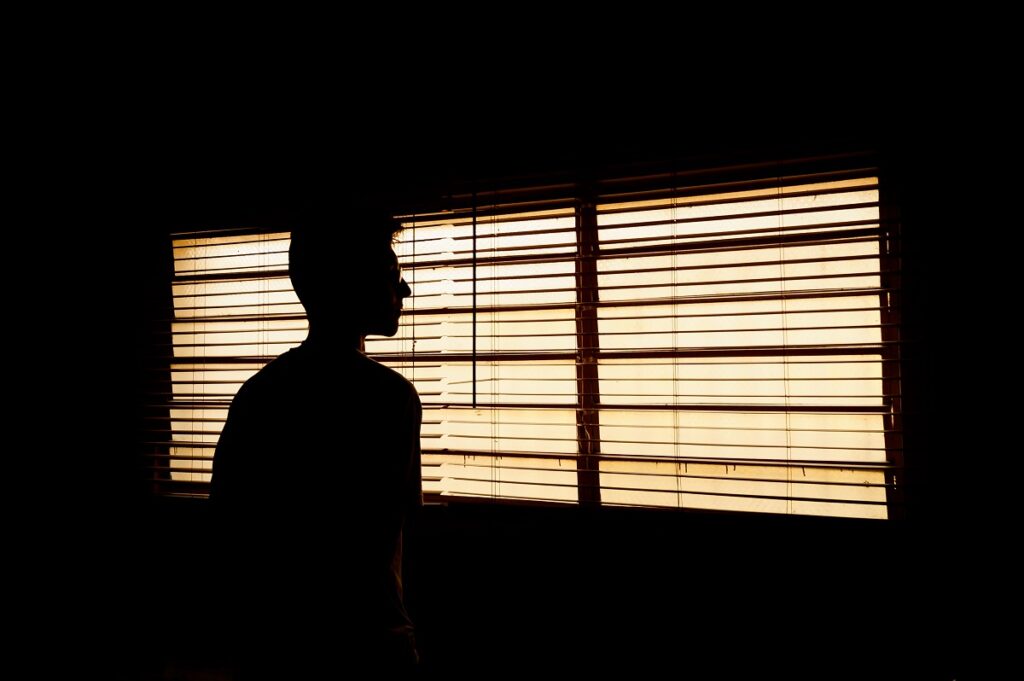The pandemic has been affecting all of us in different ways, but we’ve definitely all been at least a little impacted by its spread. We’re changing how we work, go to school, buy groceries, and watch movies. But one area that we’ve all noticed additional changes is when we hit the road. If you’re a disabled driver, you’ve most likely noticed even more ways that the lockdown has changed your driving habits.
First off, as a disabled individual, you’ve probably had the question: “Are people with disabilities at higher risk from COVID-19?” The answer, in many cases, is yes. A large number of people with disabilities have conditions that would mean they would be significantly impacted if they contracted COVID. These conditions can include anything from cancer and heart disease to kidney issues and obesity. Not all people with disabled parking permits are at a higher risk for COVID, but they definitely do fall into a category that means they should be as cautious as possible.
To find out more about how lockdown is affecting disabled drivers, and how to ensure you stay safe, take a look at the info below.
How is the lockdown impacting disabled drivers or passengers?
Disabled folks probably won’t be able to live their lives completely unaffected by lockdown. They might not be able to:
Take people outside of their household with them to run errands.
Because we’re being advised not to interact with people outside of our household for most activities, disabled drivers can’t take anyone outside their household with them to help them run errands. So, what are the guidelines for running errands during the COVID-19 pandemic?
At this time, you can only run errands with people in your household, you must wear a mask in public at all times (in most states), and you should try to remain at least six feet away from anyone you don’t live with (both indoors and outdoors). These types of restrictions can make running errands more challenging for disabled drivers or passengers.
Use ridesharing apps.
In some situations, it isn’t considered safe to be using rideshare apps like Uber or Lyft. Before the pandemic, disabled individuals could use these apps to help them run errands or get to appointments. Now, safety measures have to be in place (both passenger and driver must be masked, for example) in order for this to still be a viable option of transportation.

Get access to all of the services they need.
Because a lot of the country is still in some form of lockdown, not everything is open yet. This means that all of us might not have access to the services we require. Disabled individuals can be even more affected by not being able to visit the same places they would have gone to before the pandemic hit.
Bring someone with them to doctor’s appointments.
Before COVID, many disabled individuals would bring someone with them when they’d go to doctor’s appointments. Currently, many doctor’s offices, clinics, and hospitals won’t allow anyone in with the patient (even if they’re in the same household). It’s been challenging for a lot of people to go alone to these appointments, tests, hospital stays, etc.
Be accompanied by someone for a vaccination appointment
If a person doesn’t live with a disabled individual, they can’t accompany them to a vaccine appointment. This can make getting to and from a vaccination site more difficult for disabled drivers and passengers.
Make travel plans during lockdown
There are a lot of coronavirus travel restrictions still in place, even as some of the country opens up. This can make it more challenging for people to figure out travel plans (especially if they’re unsure about quarantine zones or other driving restrictions).
If you’re wondering, “Can traveling to visit others increase my chances of getting and spreading COVID-19?”, it definitely can. Traveling means you’re around a lot more people who could potentially pass the virus on to you. It’s best to avoid making travel plans at this time since you’ll want to stay 100% safe. If you do have to travel, make sure to follow all safety protocols and take whatever precautions you can to stay protected.
What can disabled individuals do to cope?
There are some steps disabled drivers can take to cope with lockdown. These can include:
Planning and preparing for all errands and trips ahead of time.
If you’re a disabled driver, make sure you’re prepared for any situation once you hit the road, including knowing about travel or road restrictions. Doing a little research ahead of time can mean that you as the driver (or passenger) are ready for any situation.
Asking for help when they might need it.
Drivers should ask for help from doctor’s office staff, city workers, business owners, etc. whenever they require assistance. Most people would love to assist when they can.

Doing things virtually whenever possible.
It’s safest for all of us to put plans on hold and do things virtually whenever it’s possible. If you can Zoom or Facetime, it’s safer than trying to meet in person for appointments or visits with family or friends.
Getting vaccinated when it becomes available.
More of us can get back to “normal” once a large portion of the population has gotten vaccinated. Keep track of when you become eligible for the vaccine in your state so that you can resume your normal routine and activities in the near future.
Disabled drivers should still keep their handicap parking permit up-to-date so that they can make the best out of the lockdown situation and still have access to close and convenient parking spaces. You can consult a medical professional online to keep your placard updated.
Featured image by Jorge Salvador on Unsplash
